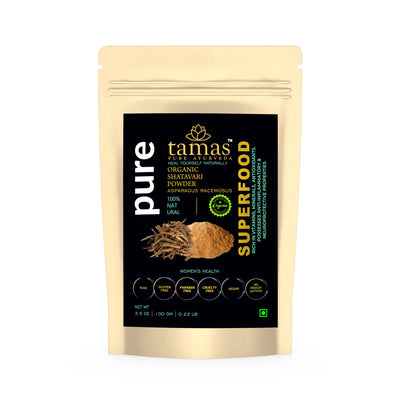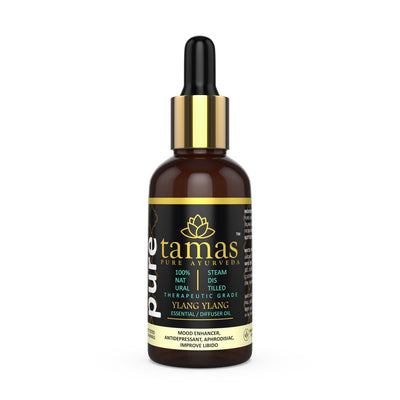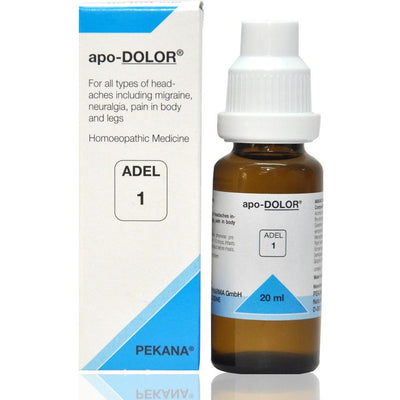About Drakshasava
Drakshasava is a liquid Ayurvedic Medicine, useful in cardiac disorders, hemorrhoids, fever etc. It contains 5 – 10 % of self generated alcohol in it. This self generated alcohol and the water present in the product acts as a media to deliver water and alcohol soluble the active herbal components to the body.
The name of the medicine is derived from 2 words, Draksha and Asava, which mean dry grapes or resins and a fermented formulation, respectively. Usually, the Asava type of Ayurvedic medications is prepared without making decoction or Kashayam. However, Drakshasava is prepared by the Kashaya method only. A decoction of raisins or Kashayam is prepared by boiling them with the above-mentioned amount of water until it is reduced to one-fourth of its original quantity. Then, sugar is added to this mixture and allowed to dissolve. The mixture is filtered and to this, the rest of the ingredients are added. This preparation is stored in a vessel coated with ghee from the inner side and kept sealed so that fermentation can occur. After 3 weeks, the container is checked to confirm whether the desired level of fermentation has occurred and then, it is filtered. The decoction, thus obtained, is preserved.
Drakshasav Ingredients
- Vitis Vinifera – Draksha (Raisins)
- Water for Decoction
- Misri (sugar)
- Honey
Add coarse powder of following herbs.
- Woodfordia Fruticosa – Dhataki flowers
- Piper Cubeba – Kababchini (Kankola)
- Cinnamomum Tamala – Tejpata (Indian bay leaf)
- Cinnamomum Zeylanicum – Dalchini (Cinnamon)
- Elettaria Cardamomum – Elaichi (Cardamom)
- Mesua Ferrea – Nagkesar (Cobra’s Saffron)
- Syzygium Aromaticum – Laung (Clove)
- Myristica Fragrans – Jaiphal (nutmeg)
- Piper Nigrum – Kali Mirch (Black pepper)
- Plumbago Zeylanica – Chitrak
- Piper Retrofractum – Chavya
- Piper Longum – Piplamool (long pepper root)
- Vitex Negundo – Nirgundi
Traditional uses
- Gudakeelaka – useful in hemorrhoids
- Shoka – useful in anxiety and depressive disorders
- Arochaka – useful in anorexia
- Hrut – it is an excellent cardiac tonic
- Pandu – useful in anemia
- Raktapitta – useful in bleeding disorders such as menorrhagia, nasal bleeding etc
- Bhagandara – useful in fistula in ano.
- Gulma – abdominal tumors
- Udara – Ascites
- Krumi – intestinal worm infestation
- Granthi – small tumors
- Kshata – injuries leading to blood loss
- Shosha – emaciation, weight loss
- Jvara – fever
- Balakrut – improves strength and immunity
- Varnakrut – improves skin complexion.
Indications For Drakshasava
Drakshasava mainly acts on VATA and PITTA DOSHA. It helps to cure all kinds of digestive problems like constipation, loss of appetite, gas, flatulence, bloating etc. It is also effective headache, fever, anemia, mild jaundice, chronic fatigue syndrome (CFS), cough, breathing difficulties and restlessness. It mainly works on symptoms like debility or physical weakness and restlessness.
The general principle of using Drakshasava is to preserve the strength, treat weakness and maintain a healthy appetite.
It is beneficial when you don’t have desire to eat. It is effective solution for loss of appetite, tiredness, laziness, restlessness, loss of enthusiasm, and mild sleeplessness.
Debility & Fatigue
In ayurveda, the main two medicines are recommended for debility and fatigue – Drakshasava and Ashwagandha preparation (or Ashwagandharishta). Ashwagandha preparations are more suitable for people with VATA body type or VATA Dosha aggravation.
Drakshasava is more suitable for people with PITTA body type or PITTA aggravation. However, it increases secretion of PITTA in the stomach and bile salts from the liver, but it also helps its elimination, which helps to reduce PITTA aggravation too. Actually, it restores the natural functions of PITTA in the body. This principle applies it reduces the excess and increases the deficient. It increases strength, treats weakness and debility that occur either after fever or some chronic diseases.
Constipation
Drakshasava, main ingredient raisin, has mild laxative properties and stimulates bile from the liver, which goes to intestine and induces Peristalsis. This process naturally helps for improving liver functions, digestion and bowel movement.
Bile Insufficiency & Poor Appetite
Bile insufficiency is not a disease, but it represents malfunctions of liver and gallbladder. It leads to poor appetite and indigestion. Bile tends to have alkaline nature and neutralizes the excess stomach acid before it enters the small intestine. In some patients, burning sensation occurs in the abdomen, which is due to bile insufficiency.
In such case, Drakshasava increases bile secretion and restores its natural functions, which helps to improve digestion, liver functions and reduces indigestion and increases appetite.
Belching
Belching (burping) is a normal reflex for expelling excess air from the stomach. In some cases, it becomes excessive and annoying. Drakshasava helps to reduce excess air in the alimentary canal and reduces excessive belching.
Dosage & Administration Of Drakshasava
The general dosage of Drakshasava is as follows.
- Infants (Age: Up To 12 Months)-1 ml
- Toddler (Age: 1 – 3 yrs)-1 to 3 ml
- Preschooler (3 – 5 yrs)-5 ml
- Grade-schooler (5 – 12 yrs)-10 ml
- Teenager (13 -19 yrs)-15 ml
- Adults (19 to 60 yrs)-30 ml
- Geriatric (above 60 yrs)-15 to 30 ml
- Pregnancy-15 ml
- Lactation-15 to 30 ml
- Maximum Possible Dosage-60 ml Per Day (in divided doses)
Precautions Of Drakshasava
Drakshasava is not known to cause serious side effects. It is a pure, natural formula containing herbal ingredients. It does not contain any chemical constituents. Hence, it is safe to use. In some cases, patients may develop mild gastric complaints and loose motions. These side effects may occur if the medicine is administered in a very high dose.
During pregnancy, it is best to avoid this / take this only under medical supervision.During lactation period, it can be taken in lower doses, based on doctor’s advice.Drakshasava calms Vata and Pitta.
Store in a cool place in tightly closed amber coloured bottle, protect from light and moisture.






















